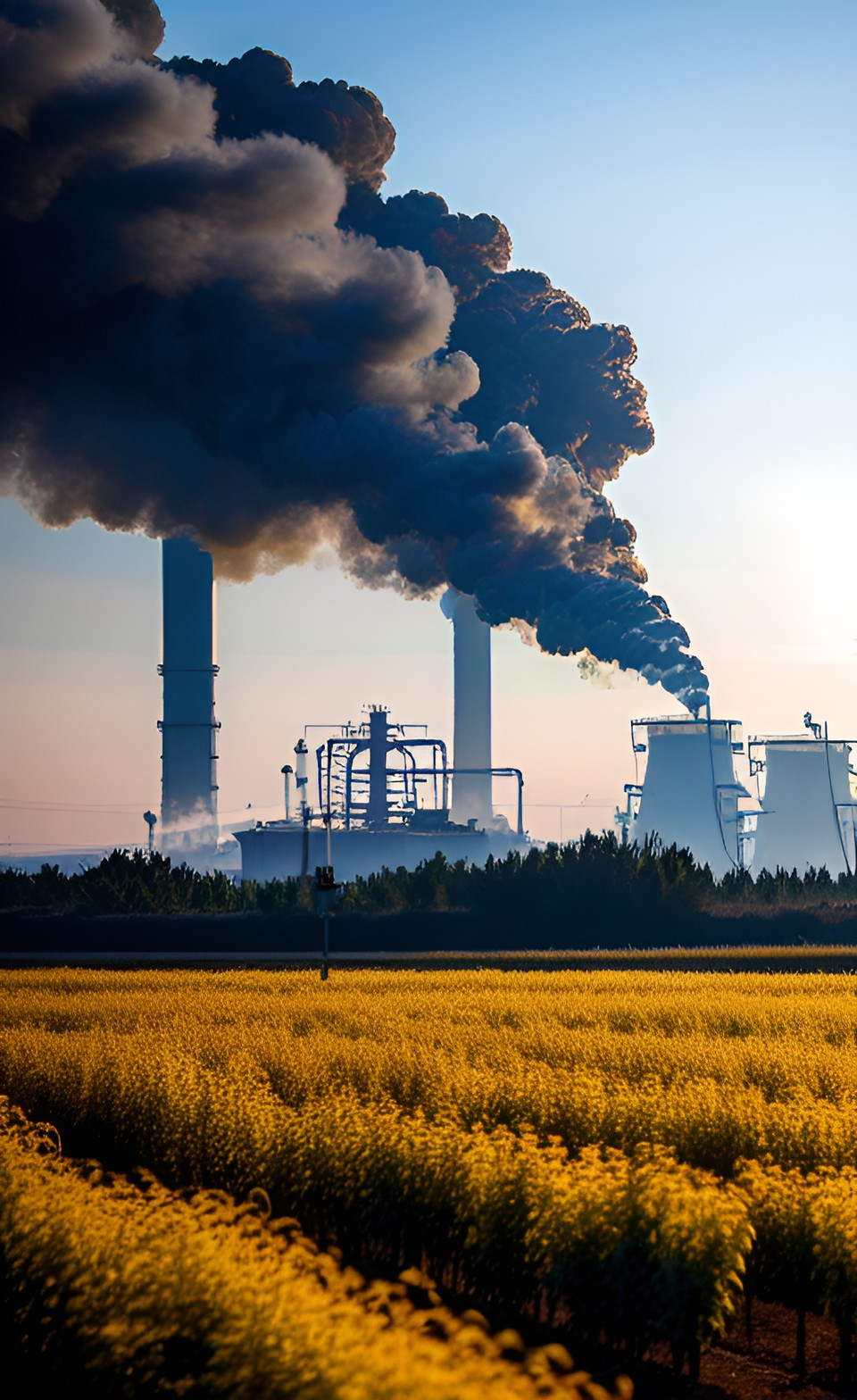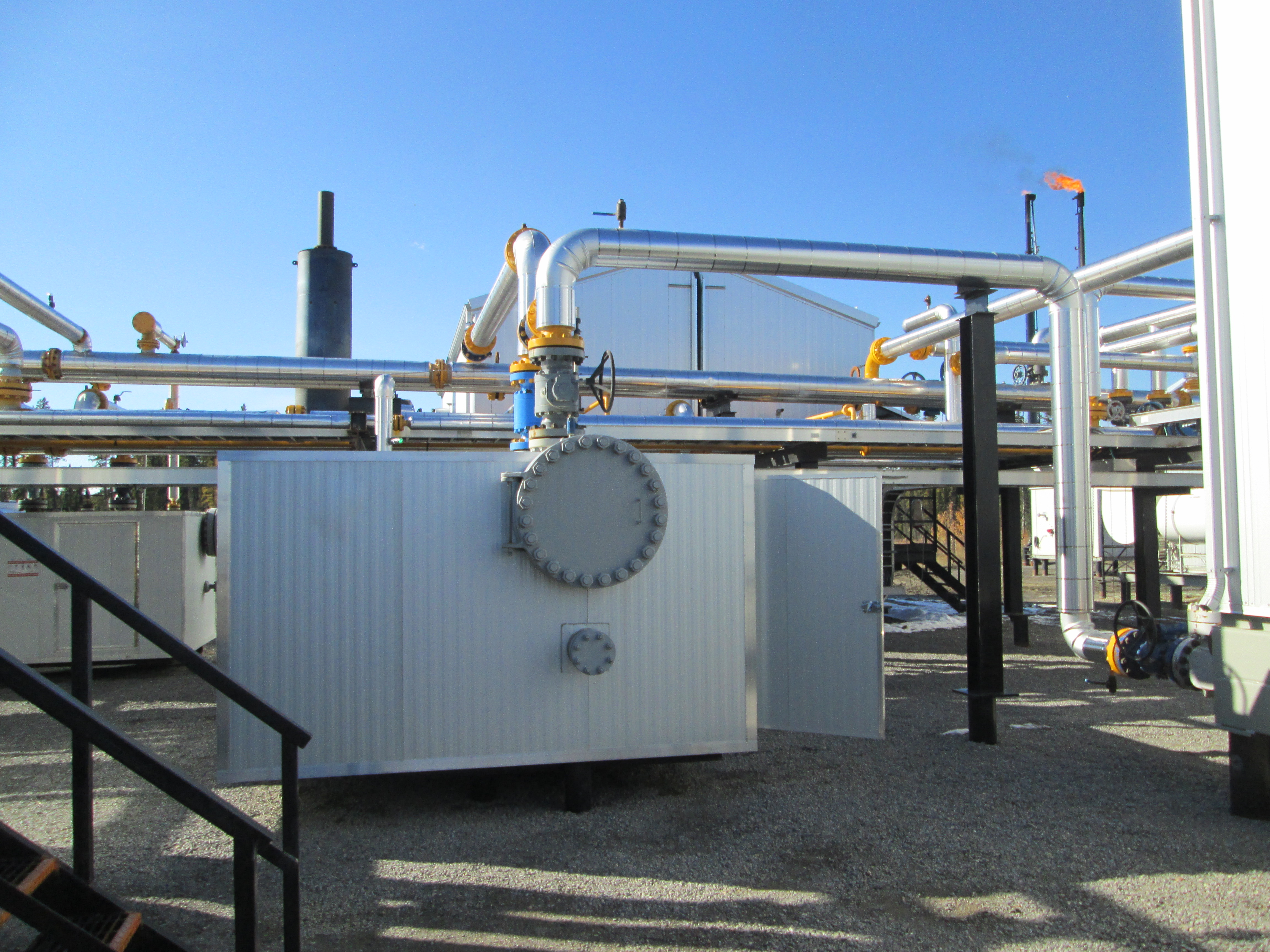- Air Homepage
- Air Quality Testing
- What Is Air Quality
What is air quality?
What is Air Quality? It's about improving (lowering) the concentrations of pollutants in the air.
A Silent Threat: Decoding Air Quality Pollutants 💨What if your air at home or work is filled with invisible, deadly gases like carbon monoxide or fine particles that slowly destroy your lungs?
Learn about air quality and how experts measure and manage these threats using cutting-edge dispersion modelling and monitoring (like the AQHI) and why consulting is essential for public health and industrial compliance.
Monitoring and managing air pollution is important because it can affect our health. A specialized consulting group can help you measure and predict air quality and develop plans to reduce and manage emissions.
Health and Environmental Effects of Undesirable Substances
My experience is that most countries are most concerned about these pollutants:
- Suffocation and poisoning from carbon monoxide CO, which you can't smell. Inhaling high levels can cause headaches, dizziness, nausea, confusion, and even death. It also contributes to ground-level ozone formation and climate change.
- Disease-causing sulphur dioxide SO2 - Irritates the respiratory system, causing coughing, shortness of breath, and asthma exacerbations and contributes to acid rain, which can damage ecosystems, damage vegetation, and corrode buildings and infrastructure.
- When inhaled, ozone O3 irritates the lungs. Ozone can cause respiratory issues, chest pain, coughing, throat irritation, and worsen existing respiratory conditions like asthma. Ozone is a bad air pollutant in the lower atmosphere. In the upper atmosphere, stratospheric ozone protects us from UV rays.
- The more harmful nitrogen oxides NOx transform into nitrogen dioxide NO2 and nitrates NO3 - These noxious compunds irritate the respiratory system, leading to respiratory symptoms, lung inflammation, and an increased susceptibility to respiratory infections. This mixture causes ground-level ozone, smog, and acid rain, which harms ecosystems, vegetation, and aquatic life.
- Particulate matter, which includes PM10 (10 µm) and PM2.5 (2 µm): Inhaling particulate matter can cause respiratory and cardiovascular issues, like coughing, shortness of breath, and decreased lung function. They can reduce visibility, cause haze, and settle on surfaces, causing soiling and damage. Fine Particulate Matter (PM2.5) can travel long distances and have global impacts.
- Odours and toxic effects of hydrogen sulphide H2S - Exposure to high levels can cause eye and respiratory irritation, headaches, nausea, dizziness, and in extreme cases, death. Effects on the environment: Corrosive to metals and concrete.
- Ammonia NH3 causes odours and when exposed to high concentrations, it can irritate the eyes, throat, and respiratory system, causing coughing, wheezing, and difficulty breathing. When combined with other pollutants, it can contribute to nutrient imbalances, eutrophication of water bodies, and air pollution.
- VOCs cause sickness - VOCs have a variety of health effects, including eye, nose, and throat irritation, headaches, dizziness, allergic reactions, and long-term exposure increases cancer risk. Smog and ground-level ozone are two things VOCs can lead to in the environment. VOCs can also be toxic to aquatic life and contaminate soil and groundwater.
The specific health and environmental effects of these substances depend on the concentration, duration, and individual susceptibility. Protecting human health and the environment requires monitoring and minimizing the release of these substances.
 It's getting better
It's getting betterThey can be in the air at any time and anywhere. The levels of these contaminants can be affected by emissions sources like fires and industrial stacks, weather conditions, and topography. When airflow is blocked in any way, these concentrations can rise quickly. When we talk about ambient air quality, we're talking about the outdoor environment surrounding a specific place (like a factory) and we care about this concentration at ground level.
Air pollution (air quality) is monitored, measured, and examined in airsheds. In airsheds, the air behaves uniformly and emissions disperse uniformly. The same local geographic features, such as mountains or valleys, can also consistently hinder air movement.
There are nine airsheds recognized by Alberta's Clean Air Strategic Alliance (CASA), 13 in British Columbia, and six in Saskatchewan. Each airshed zone has a local organization that manages the land and monitors the activity.
What is Air Quality Health Index (AQHI)
The Canadian federal AQHI summarizes air quality as monitored on a scale of one to ten (usually), where one is low and ten (or greater occasionally) is very high risk. People with health conditions (like asthma, children, the elderly) and the general population can quickly assess the air's health risk with the AQHI.
This single number is based on three-hour average measurements of a combination of the common pollutants – ground level O3, particulate matter (specifically PM2.5, the smallest particles that can deepen into the lungs where they block respiration) and NO2.
They're all known to cause health problems. Sulphur compounds, carbon dioxide, pollen, heat, and humidity aren't included in this index.
Ambient Monitoring, Objectives, and Dispersion Model
Many jurisdictions, like every western province, have Ambient Air Quality Objective values - concentrations of offending substances that can't be exceeded in the surrounding area. What is air quality modeling? We can predict concentrations of these substances using dispersion modeling done on computers when and where monitoring data isn't available, and modelling is much more efficient than monitoring.
What is Air Quality monitoring needed for then? It's the best solution for specific problems when continuous monitoring provides up-to-date readings of ambient concentrations for troublesome contaminants. Consistency can be checked if both types of data are available.
 Calvin Consulting handles your air quality issues
Calvin Consulting handles your air quality issuesAt fixed monitoring stations, the air is monitored continuously, non-continuously, or passively at locations based on population, sites, and industrial emissions. Mobile monitoring stations can take measurements to give a snapshot of the air quality at a particular location if a permanent continuous station is too expensive.
Our air quality group at Calvin Consulting, (CCGL Services) specializes in dispersion modelling, determining the location and equipment to be used for ambient monitoring, and analyzing the data collected by the monitoring for operational purposes. If you would like more information on how we can evaluate and help you improve the impact of your industrial site on air quality, please contact Barry Lough by email.

How can we improve air quality?
How would you define air quality? The exact opposite of air pollution.
Do you have concerns about air pollution in your area??
Perhaps modelling air pollution will provide the answers to your question.
That is what I do on a full-time basis. Find out if it is necessary for your project.
Have your Say...
on the StuffintheAir facebook page
Other topics listed in these guides:
The Stuff-in-the-Air Site Map
And,
Thank you to my research and writing assistants, ChatGPT and WordTune, as well as Wombo and others for the images.
OpenAI's large-scale language generation model (and others provided by Google and Meta), helped generate this text. As soon as draft language is generated, the author reviews, edits, and revises it to their own liking and is responsible for the content.



New! Comments
Do you like what you see here? Please let us know in the box below.